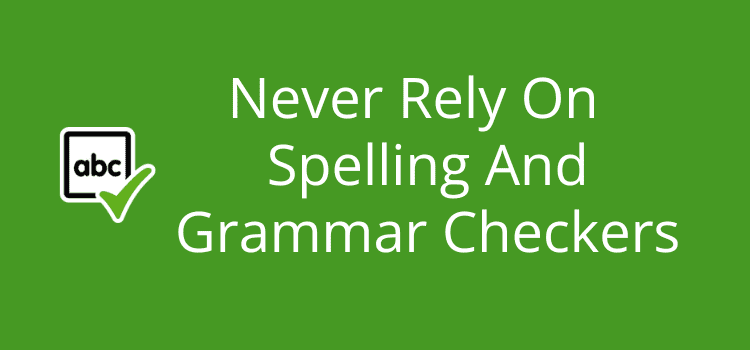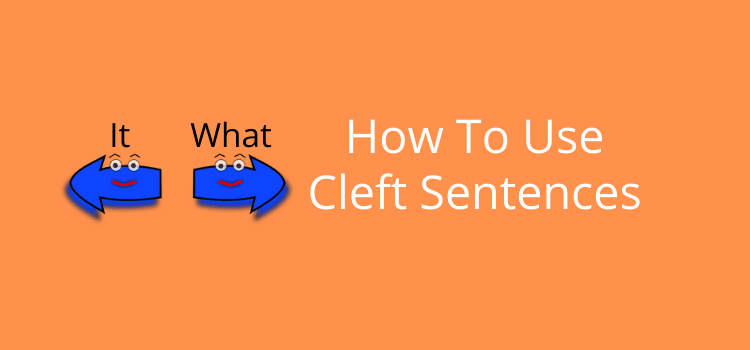
Sometimes, it’s not easy to identify the difference between a gerund phrase and a participle phrase in a sentence.
Both of them use the present participle, which is the ing form of a verb.
For many writers, the difference between a participle and a gerund can be a little confusing at first.
It is because words and verbs ending in ing can create different parts of speech and have so many applications.
What is the present participle?
The present participle is a verb ending in ing as opposed to the regular past participle that ends in ed.
It can be a verb in continuous forms, such as I am running, he has been running, or he was running.
However, it can also act as an adjective—for example, an interesting book, a disturbing idea, or a frustrating experience.
The same word, when it is the gerund, functions as a noun.
It can also be the subject of the sentence. Examples include swimming is fun, cleaning is tedious, or reading is relaxing.
But with a participial phrase, the present and past participles always function as adjectives by modifying nouns and pronouns.
All this means that the group of words in English that end in ing can be challenging to classify.
You need to know how to identify them grammatically and use them correctly.
There is some good news, though.
Unlike irregular past participles that can end in ed, en, or t, the ing form has no irregular forms.
What is a participial phrase?
Is it a surprise that the noun participle has an adjective form?
If you arrived at this article by asking Google what a participle phrase is, don’t feel bad.
The correct term is a participial phrase. But I doubt anyone would disagree that either the adjective form or the compound noun is acceptable.
It is a phrase that can look like a verb phrase. But it is an adjective that describes or modifies a noun. The noun is usually the subject of the sentence.
The phrase often starts a sentence before the active subject-verb clause. It works similarly to how you would use a prepositional phrase. But it can be used anywhere in a sentence.
In fiction writing, especially, it is very common. But it is also frequently used in articles.
Here are some examples.
Running through his to-do list, John realizes he is in for a very long day.
In this simple example, the phrase modifies John, the subject of the sentence.
It might seem that the action or verb is to run. But it is describing John and explaining why he is in for a very long day. The active verb in the sentence is to realize.
Hurrying to get out of the office, Mary forgot her coat and umbrella.
Here, the first clause tells us why Mary forgot her coat and umbrella. The active verb is to forget and not to hurry.
Frightened by the noise of the fireworks display, my dog hid under the table.
Here the object of the verb, to hide, is the table. Why was the dog there? Because he was frightened. It is clear that the adjective created by the participial phrase caused the dog to hide.
Moving a participial phrase
You can add a participial phrase in the middle or at the end of a sentence.
The queen, smiling and waving, acknowledged the crowd.
Mary kicked off her shoes and let her hair down, drained and tired from a long day in the office.
It is also possible when the participle is the object following a preposition.
Without looking up, my boss mumbled no to my request for leave.
On arriving at work, John makes his usual cup of coffee.
Do you always need a comma?
Yes, in most cases.
The only time when you don’t need a comma is when the participial phrase describes the word or subject directly after it.
I’m not sure, but I thought I saw Ryan running for the bus this morning.
Turning the pages slowly, Megan concentrated on her studies.
He reached up for the old photo album stored way in the back of the cupboard.
Using his thumbnail, Peter opened the battery cover.
Related reading: When To Use A Comma Before Or After But
Beware of dangling participles
A dangling modifier or participle can occur when you use a participle phrase at the start of a sentence.
It happens when the noun being modified is not directly after the comma. This is why it is called dangling.
Frustrated to the point of anger, the poor sales results were reviewed once again by the director. Incorrect
In this sentence, it appears that poor sales are frustrated. To correct this, we need to move the subject before any indirect objects.
Frustrated to the point of anger, the director reviewed the poor sales results once again. Correct
It always pays to keep your describing phrase as close as possible to the subject.
By doing so, you will avoid the risk of confusing a reader or creating dangling modifiers.
Identifying a gerund
When you use the present participle in a clause, it is important to recognize when it is, in fact, the gerund.
The way to tell is to know that the gerund acts as a noun and not as an adjective.
You are probably familiar with the gerund when it is used to express a favorite activity, a preference, or a dislike.
We use it after the verb enjoys, loves, and adores, for example.
She enjoys dancing and singing.
Joe loves running in the woods.
Martha adores swimming, and it is one of her favorite sports.
He prefers reading a real book rather than an ebook.
My wife hates ironing.
But the big issue is in recognizing when the gerund is the subject of the sentence. Then it is not an adjective like it is in a participial clause.
Having breakfast every day is very good for your health.
Knowing how to recognize the gerund is key to understanding your sentence structure.
Entering the building site without a hard hat is not permitted.
After reading the book twice, I still didn’t understand the story.
Before playing a match, I always go through my warm-up routine.
Summary
Like many grammatical forms, the key to understanding how to get the gerund phrase and participle phrase right is to pinpoint the subject of the sentence.
The second is identifying nouns and verbs and the words that modify them, such as adjectives and adverbs.
Once you can do these two things, everything becomes easier to understand, and you will be able to correct any errors.
For participial phrases, be clear that you are describing the subject of the sentence.
If you use the present participle and there is no clear subject, you are using a gerund as a noun.
Related reading: Grammatical Moods In Writing




Wow..! It was a good explanation to the gerund phrase and participle phrase. Anyway thanks a lot.
People call me an editor and expect I know all this. I do developmental editing of a certain kind, and not copyediting, so I don’t know any of this and my eyes stayed glazed over from start to finish. I’m remembering why I truly am “not that kind of editor who knows these things.” Thank you to the editors who do know about these things.